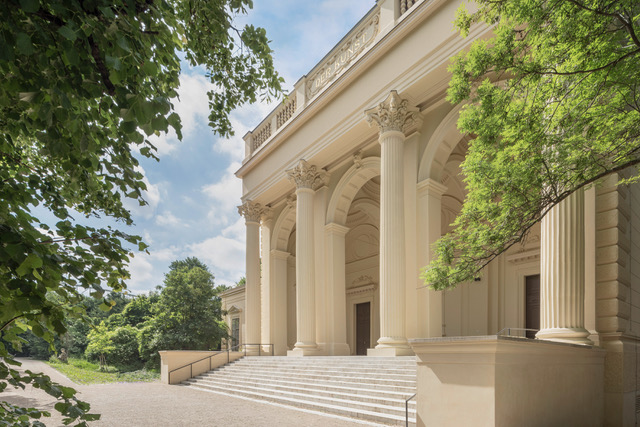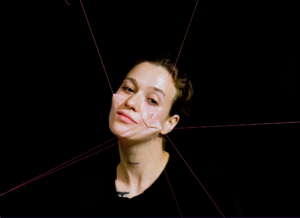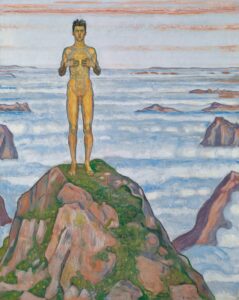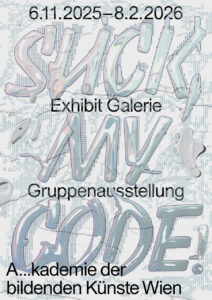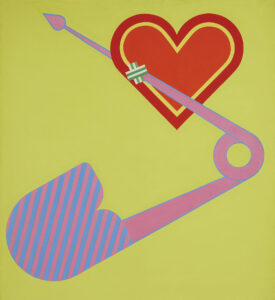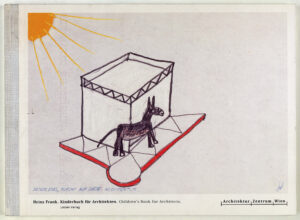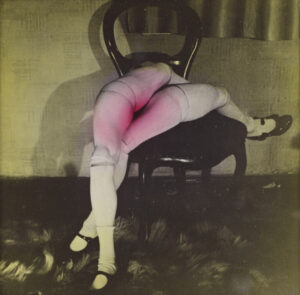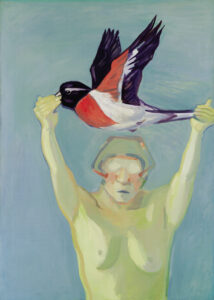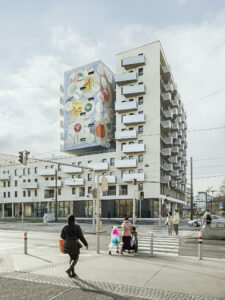The exhibition DOMESTICATED takes as its starting point the complex and evolving relationship between humans and horses. Horses have occupied a central role in human imagination and artistic expression for thousands of years. In ancient art, they appear as companions of divinities, carriers of warriors, and embodiments of freedom, beauty, and speed.
The equestrian statue immortalizes leaders by pairing human authority with the animal’s natural strength. In these works, the horse is not merely a subject but a vehicle through which power, conquest, and social order are made visible. One mythic example is the Amazons, the legendary women warriors, almost always depicted on horseback. Their mastery of horses symbolized both their independence and their defiance of patriarchal norms. The Amazonian horsewoman was both fascinating and threatening: a figure of freedom and danger, embodying an alternative social order in which women wielded military and political power.
This tension resonates in contemporary culture, where the horse continues to represent not only nobility and beauty, but also the possibility of resistance and disruption. At the same time, horses are deeply entangled in the politics of domination. Police forces across the world still deploy mounted units to control demonstrations and public gatherings. The physical height and imposing presence of a horse transform the officer into a towering figure of authority. In such moments, the horse becomes an unwilling instrument of repression, its natural strength co-opted into the machinery of state power. This practice underscores the long human tendency to harness animal vitality for purposes of hierarchy and control.
Yet these images also invite a deeper question: are viewers truly seeing what they are looking at? Behind the familiar iconography of horse and rider lies a web of power relations, projections, and desires. What appears as beauty or mastery may in fact conceal histories of domination and domestication. What if everything we believe in is a Fata Morgana, a Trompe l’Oeil, a mirage of meaning that both reveals and deceives? The exhibition asks us to look again, to recognize how easily vision itself can be trained, tamed, and directed, much like the horse.
Curated by Salvatore Viviano
Artists: Josefin Arnell, Natalia Del Mar Kašik, Charlotte Gash, Eric Gyamfi, Brilant Milazimi.
The exhibition features current artists-in-residence as well as artists living in Austria.
Opening: Sat, Nov. 8, 2025, 6 p.m.
Exhibition dates: Nov. 8–Dec. 13, 2025, Thu–Sat 4–7 p.m. and by appointment
Curator tours: December 4, 2025, 5 p.m. / December 13, 2025, 5 p.m.
PART is a program of the Austrian Federal Ministry for Housing, Arts, Culture, Media, and Sport.
PART. International Art Residency Austria
Founded in 2025 and commissioned by the Federal Ministry for Housing, Arts, Culture, Media and Sport, PART. International Art Residency Austria is conceived as a new residence programme for artistic research, interdisciplinary discourse and transnational cooperation, located in the south pavilion in Vienna’s Prater. Artists, curators and theorists from around the world are invited to deepen their engagement with the social, political and ecological questions of our time.
PART currently houses six international residence studios, a multifunctional room, The Hall and the Bar des Amateurs – spaces for production, presentation and exchange.
DOMESTICATED
8 Nov 2025 - 13 Dec 2025
Meiereistraße 3-16, 1020 Wien, Österreich
Credit: Josefin Arnell, Beast and Feast, Video 4k, 2023. Video still
